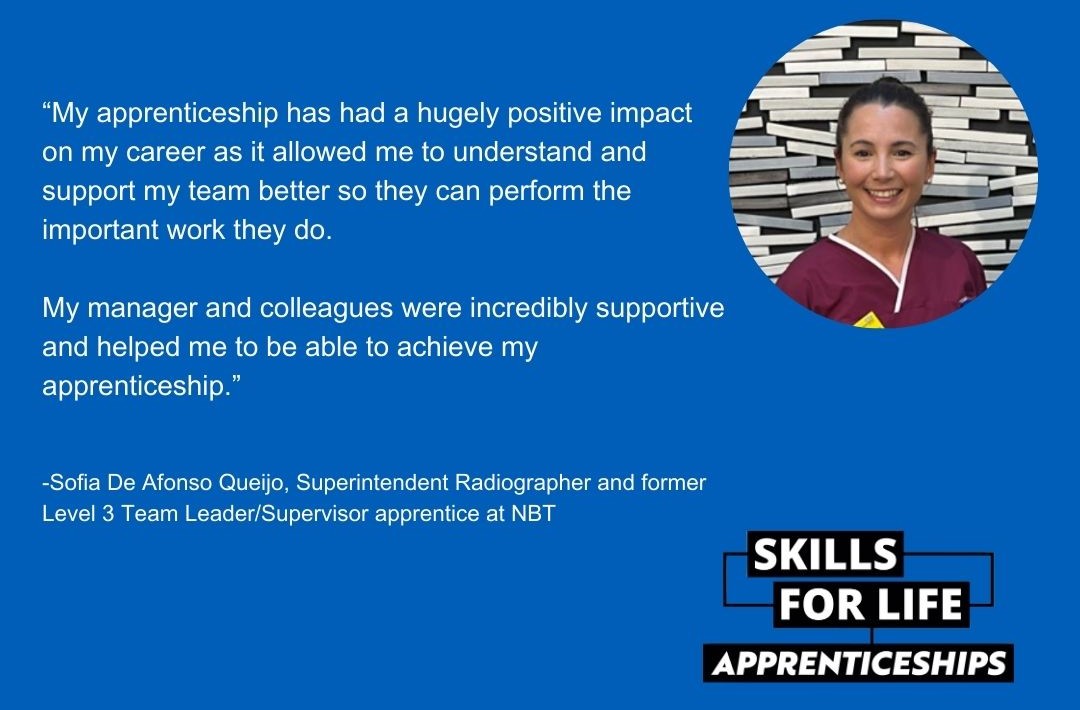What sample container will I receive?
A sample container is provided for a 24 hour urine collection. Some containers contain a preservative (strong liquid acid or powder). This must not be thrown away.
The label on the container will tell you if there is a preservative, and you should take care not to spill or touch any as it could burn the skin, even when mixed with urine.
If you spill the preservative, advice for first aid for skin or eye contact is on the back of the container.
When do I collect the sample?
It will be easiest if you choose a day when you will be at home for a 24-hour period. If you have to go out, take your container with you. On your chosen day, begin at the usual time when you wake. The end of the collection is 24 hours later.
Start of collection: 8am or when you wake
Empty your bladder completely and flush the urine down the toilet. You will now have an empty bladder and the collection of urine starts from this point.
Write the date and time on the bottle. For the rest of the day and overnight collect all urine passed, into the container.
You may find it easier to collect the urine in clean smaller container, and straight away carefully pour it into the sample container.
End of collection: 8am or 24 hours later
After 24 hours (at the same time as the previous day) empty your bladder completely and add this urine to the container.
Don’t add any more urine. Write the date and time. This completes the collection.
Make sure that during and after the collection the container is kept in a cool place.
You will need to stop the collection and start again with a new container if:
- You have a bowel movement (poo) and are unable to collect the urine separately.
- Any of the urine is accidently discarded during the collection.
After the sample has been collected
Check the cap is screwed on firmly. Carefully fill in all details required on the container label including your name, date, and hospital/NHS number.
Please note: any container received unlabeled cannot be accepted and you would have to repeat the collection.
If you don’t have your NHS/hospital number or the barcode label please contact your GP surgery, ward, or clinic.
What to do with the collected sample
Check that all details have been filled clearly on the label. Deliver the container (and the request form if you were given one), as soon as possible directly to the laboratory, hospital, or your GP.
Laboratory Specimen Reception
Pathology Sciences Building
Southmead Hospital
Bristol
BS10 5NB
Opening hours: 8am-10pm
Further Information
Further information can be found at:
www.labtestsonline.org.uk
www.nbt.nhs.uk/severn-pathology
© North Bristol NHS Trust. This edition published July 2024. Review due July 2027. NBT002424











